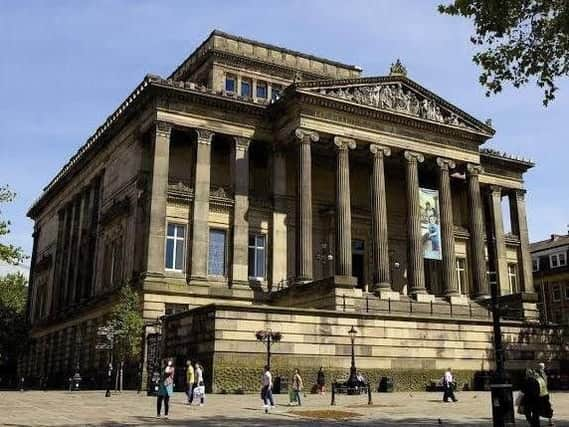City leaders to formally accept £180,900 Heritage Lottery Funding to rejuvenate Harris Museum and Art Gallery


It comes after a successful bid for Heritage Lottery Funding (HLF) securing the landmark building at the heart of Preston’s art and cultural scene in the years to come.
A meeting of Preston City Council members at Town Hall tomorrow will accept the first round of HLF funding which will go into coffers for the project.
Advertisement
Hide AdAdvertisement
Hide AdCouncillors will also be asked to vote through £525,870 from its own monies and from Lancashire County Council to support the project.
Winning the initial HLF grant has been three years in the making and means staff at the Harris are at liberty to undertake preparatory work and flesh out more plans to revitalise the building as the cultural hub it was build to be.
Council documents state: “In December 2018 HLF announced that the round one application was successful, approving progression to a round two application and awarding a development grant of £180,900.
“A first-round pass indicates that the Re-Imagining the Harris project has the potential to deliver high-quality outcomes and value for Lottery money. It does not, however, guarantee that the full grant will be awarded at round two.”
The initial HLF funding will support preparatory work:
Advertisement
Hide AdAdvertisement
Hide Ad• High level repair and conservation work to the roofs, rainwater, stonework and basement.
• Enhanced accessibility into and through the building using three existing historic entrances.
• Provision of a new vertical circulation core with lift and staircase.
• Enhanced visitor facilities including ground floor café, shop and reception and flexible events space with seasonal pop-up café on first floor
Advertisement
Hide AdAdvertisement
Hide Ad• Provision of new approaches to interpretation through open access displays and innovative use of digital technology.
• Provision of a joined-up three-year engagement programme for young people, the local community, graduates, volunteers and families.